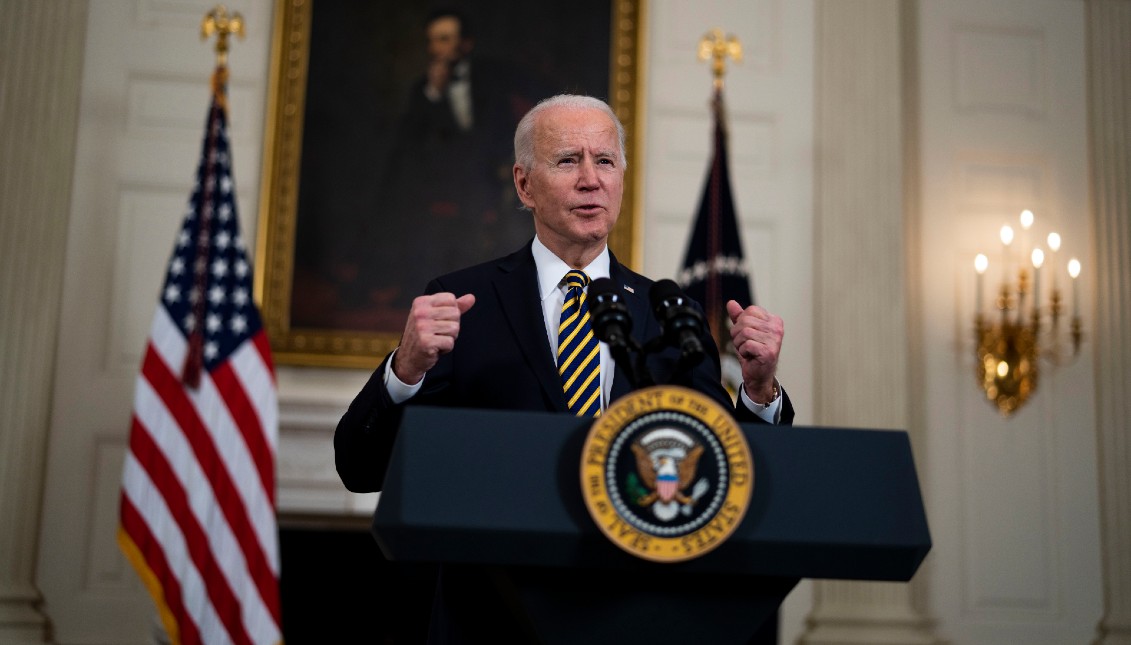
How will the $1.2 trillion of Biden's infrastructure bill be spent?
One of the President's flagship projects was finally approved in the House of Representatives.
The hot political topic of the last few weeks has been the infrastructure bill presented by President Joe Biden to Congress and the difficult negotiations that took place in the Senate and House for it to be finally approved over the weekend.
The approval is a triumph for Biden in the aftermath of the poor results of last week's elections and the political attrition the negotiation represented. In recent weeks, the president's approval dropped to 49%, as in addition to the extensive negotiation surrounding the bill, the country faces the supply chain crisis, inflation and the need to return to normalcy from COVID-19.
This is how the money will be distributed for the ambitious plan that's touted to generate 2 million jobs over the next decade and seeks to reach every corner of the country.
The U.S. highway and road system is the envy of many developing countries, but time has passed and it has deteriorated. The money is intended to restore 173,000 miles of highways and roads in the country, and $43 billion will be used to improve the condition of 45,000 bridges that are in poor condition.
Catching up to Amtrak's maintenance backlog is a major priority. The money will be used primarily for the Northeast corridor and some other routes. Although the president's initially proposed investment was $80 billion, it is the largest investment in the system since it was founded 50 years ago.
RELATED CONTENT
Most of this money will be through grants to states to improve connectivity in rural and lower-income areas, as well as tribal areas.
Upgrading power grids to end increasingly frequent power outages will be a priority, as well as implementing clean energy systems.
Replacing pipes made with lead will cost $15 billion, and cleaning water of polluting chemicals known as polyfluoroalkyls, produced in the manufacturing of Teflon, fire extinguisher foam or waterproof clothing, will cost another $10 billion.
The cost to replace every lead pipe in the United States is $45-60 billion.
— Alexandria Ocasio-Cortez (@AOC) November 7, 2021
BIF only gives $15b. Without BBB, many communities historically denied clean water will continue to be denied.
Build Back Better has lead $ for disadvantaged communities. We must keep pushing for BBB.
This money will be used to improve access to the public transportation system for people with disabilities. In addition, at least 24,000 buses, 5,000 rail cars and 200 stations will be repaired. The rest of the money will be used to provide states with access to new environmentally-friendly transportation fleets.
The money will go to upgrade air terminals and update aging control towers.
Five billion will go to building charging stations, which are key to expanding the use of electric vehicles. The rest of the money will be used to purchase hybrid electric school buses, which still run on diesel.




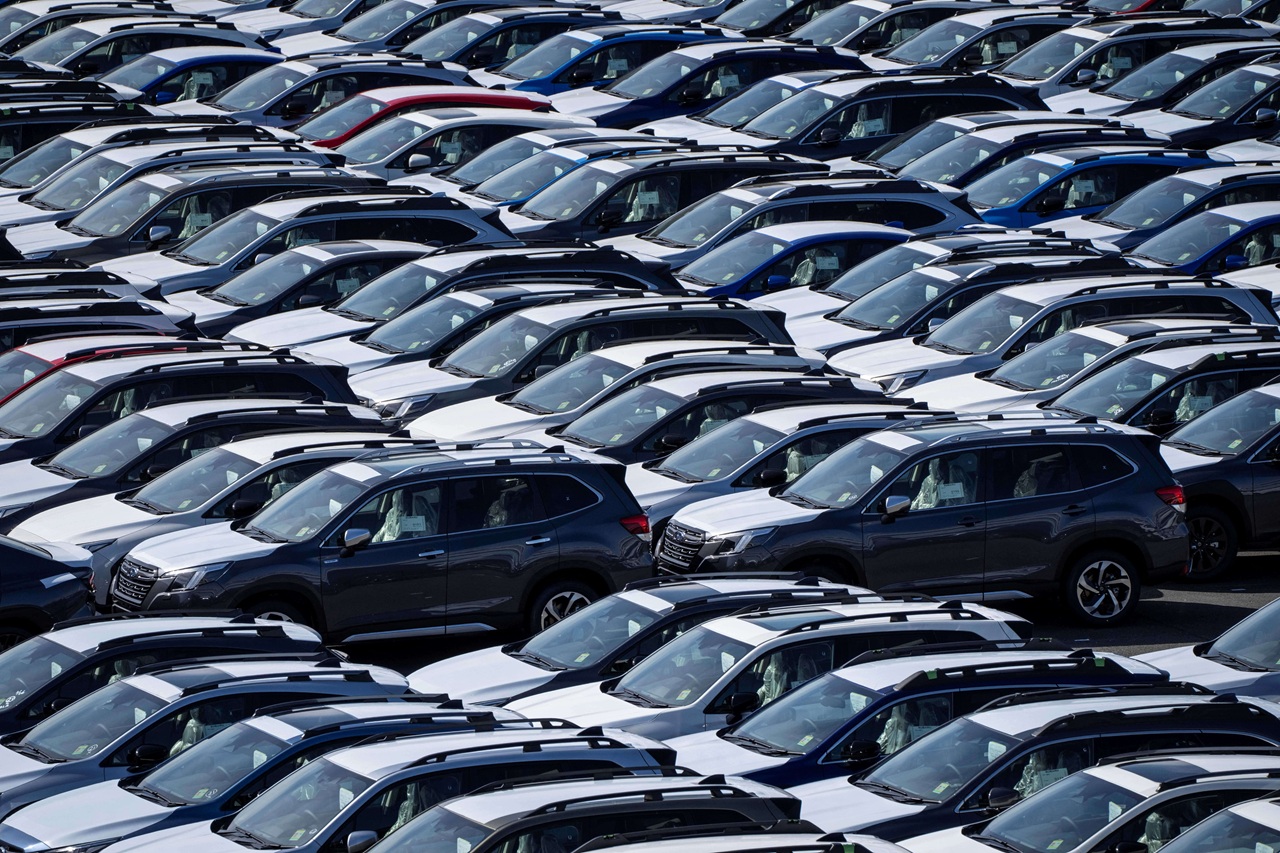
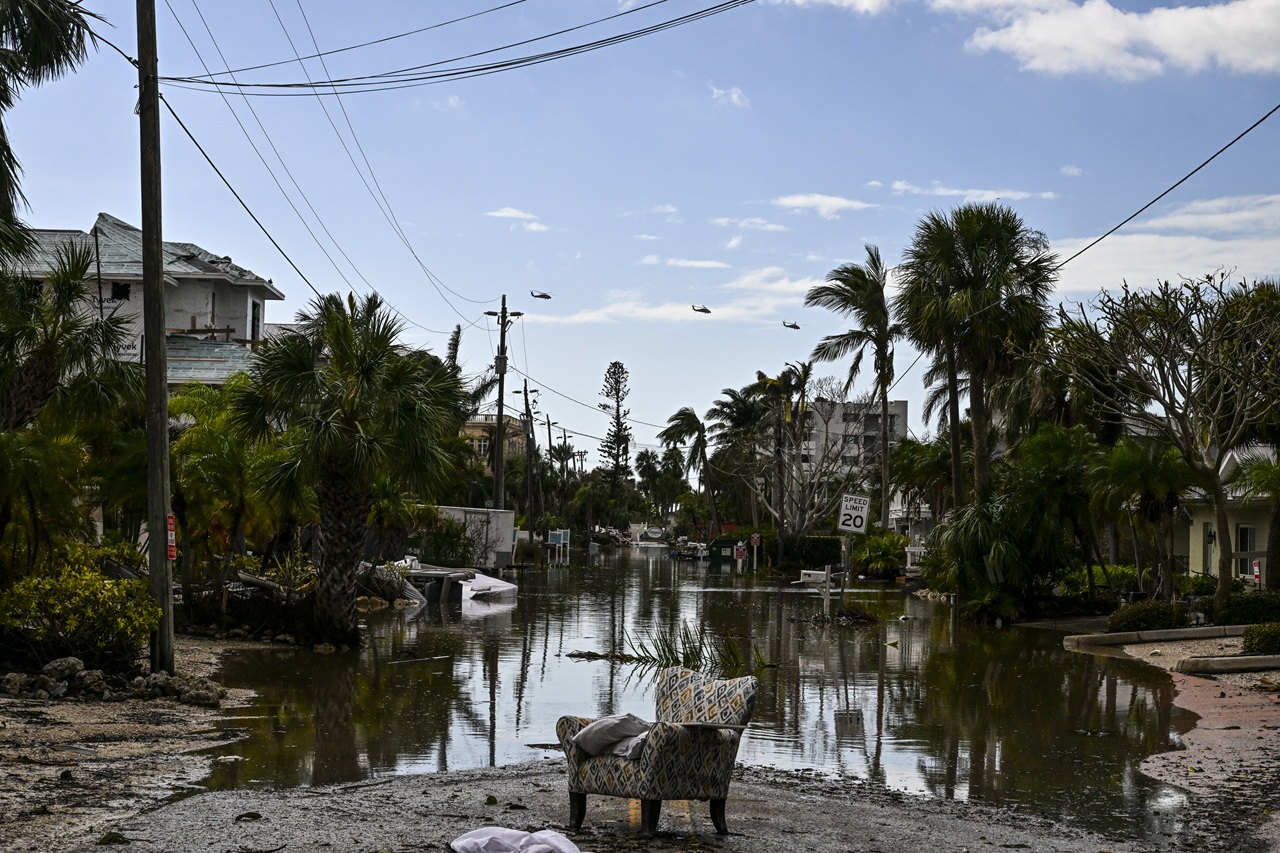
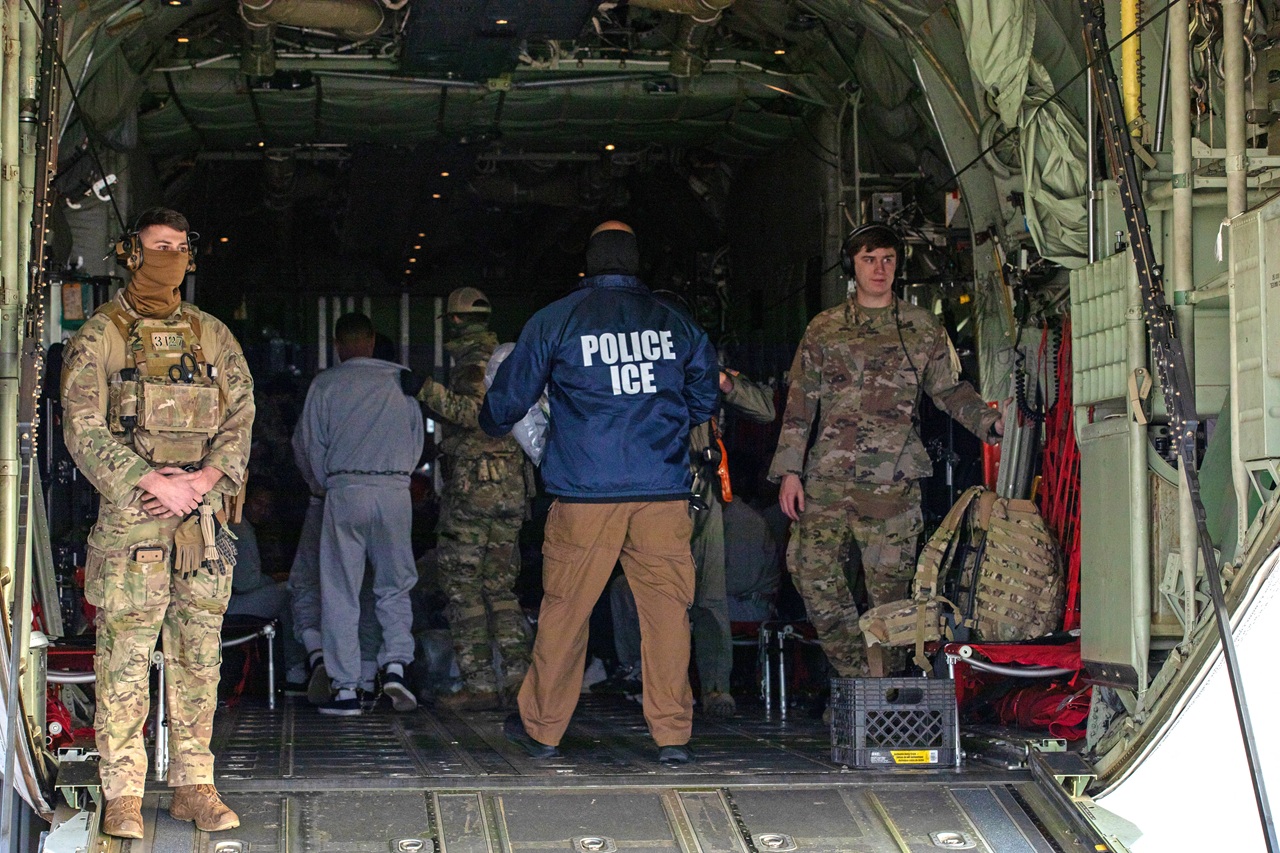
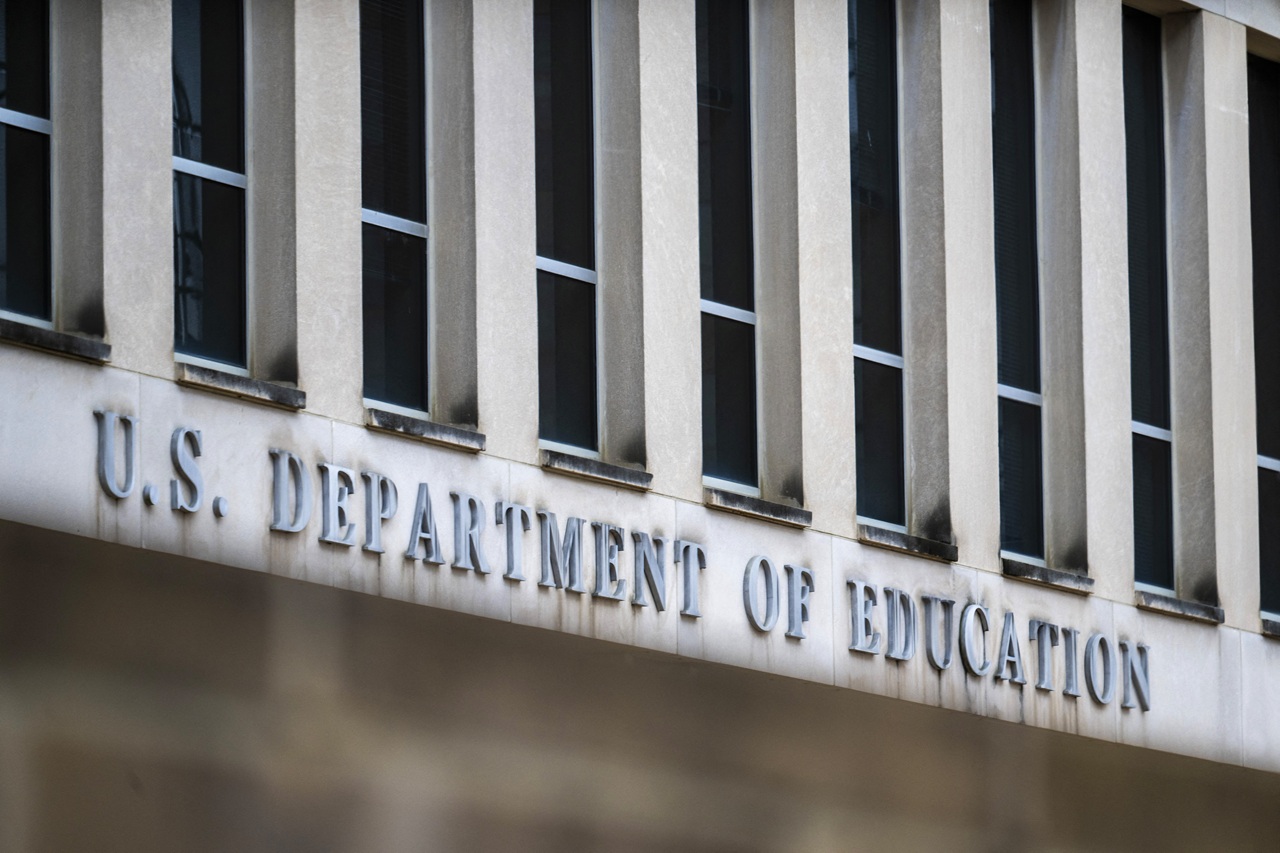



LEAVE A COMMENT: